Kyrgyzstan continues to surprise the everyday backpacker and with a blast from the past we ended up visiting some cool Petroglyphs near the lakeside town of Cholpon Ata. I say blast from the past because back in 2013, we visited the UNESCO World Heritage Site at Qobustan in Azerbaijan and there we saw many ancient petroglyphs in what was another of these off the wall adventures. Sometimes I can’t even find the wall.
I arrived in Kyrgyzstan from Kazakhstan and was based in the Apple Hostel in Bishkek, a magnetic capital city with Central Asian variety and charm. From this base, I set about backpacking some key sights in this under-estimated country.
What are Petroglyphs?
Petroglyphs are basically ancient wall scribblings often dating back as far as 5th Century AD. They are created by removing part of a rock surface by incising, picking, carving, or abrading, as a form of rock art.
Petroglyphs are found world-wide, and are often associated with prehistoric groups of people. Here on the “Silk Road” in Kyrgyzstan they can be found in a few places. The word comes from the Greek word petro-, theme of the word “petra” meaning “stone”, and glyphein meaning “to carve”, and was originally coined in French as pétroglyphe. There is also a correlation to the Jordanian town of Petra, whose name obviously has the same meaning.
Getting to Cholpon Ata
The Petroglyphs we visited are in a government protected nature reserve site near the lakeside town of Cholpon Ata, Kyrgyzstan. In order to get to the town of Cholpon Ata you need to head east out of Bishkek towards Lake Issy-Kul. Unless of course you are coming west from Karakol but most tourists will be coming from Bishkek, myself included.
Head to the west bus station in Bishkek and to the eastern side of that station. Here are long distance Marshrutky (minibuses). Ask around until you find one heading to Cholpon Ata. Ours was a number 506 Marshrutka to Cholpon Ata. I was travelling with Nate and Damien, 2guys from the dorm room in my hostel, Apple Hostel. We found the right Marshrutka pretty soon, thanks to Nate who speaks fluent Russian.
Oddly here we get issued with a ticket for the journey. I say oddly as most Marshrutky I have got down the years haven’t issued tickets. You pay, you get in, you go. We paid 280 Som each (about $4USD). The Marshrutka leaves when full. We boarded at 8.10 am and it was full and left Bishkek at 9.06 am. The views on the road to Cholpon Ata are nothing short of spectacular. Relax and admire!
After one stop in the mountains, we arrive at CholponAta around 12.25 pm. It’s time to visit three main sights of the day here in this region by the massive Issy-Kul lake. First up we decide to visit the Petroglyphs, mainly because they are uphill away from the town and lake and the furthest away. There are three of us so we decide to share a taxi together and ask the driver to take us to the three main places we want to see (Cholpon Ata itself and Lake Issy-kul, the Petroglyphs, Ruh Ordo cultural center).
We found a taxi driver on the main street in the town of Cholpon Ata and agreed with him a price for the day. He was our driver for a few hours, and took us to all the places we wanted for a combined price of 300 Som. This worked out at 100 Som each. That’s about the equivalent of £3 for all of us and £1 each. A bargain really, but Kyrgyzstan is one of the cheapest countries in the world, remember. If you are planning to walk it on your own, it’s up a huge hill on the edge of town, you will have to ask locals for directions as it ain’t properly signposted neither in Russian or in English.
Within 15 minutes we were at the entrance to the Petroglyphs. It is situated on the edge of the town known as Cholpon Ata and is in the region of Lake Issy-Kul. The sign at the entrance to the Petroglyphs has “Issy-kul Provincial State Historical Cultural Museum Reserve” written on it, in Russian, Kyrgyzsish and English. Your taxi driver should know about the Petroglyphs.
Once you arrive, you walk through the gate and check the information board. It suggests three trails, one which is 50 minutes, one is 90 minutes and the other which is longer, around 2 hours. We were there in winter and daylight is limited so in order to see all the sights we needed that day, we opted to take the 90 minute route.
So start your walk and make sure you follow the arrows and markers to ensure you don’t miss any of the Petroglyphs. There are wild deer, goat and sheep in this region too. As well as some stray dogs. On arrival, the three of us were the only tourists there and that fact remained.
About 15 minutes into our dander, a lady with a pink backpack comes up to us. At first we thought it may have been a local trying to scam money out of us. But in fact, she opened her folder and showed us that she was the warden responsible for looking after the reserve and that we had to pay 10 Som each. 10 Som? That is 9 pence, or 14 US cents. That is ridiculously cheap! We got issued with tickets, got her to take a photo of us and off we went!
In total, it took a lot less than 90 minutes to travel around the Petroglyphs. Most of the Petroglyphs are on scattered rocks on the ground. This was different to the Azerbaijani ones which were on rocks that were part of a massive rock face area. Each Petroglyph has a small sign in front of it telling you what it is. To our surprise, these were also written partly in English.
The designs were similar – reindeer, goats, animals etc. The carvings have survived centuries which is incredible. The sad fact remains though that locals and tourists alike have graffitied them over the years. Come on people, wise the bap. There is no need to write in Chinese, Russian or English and destroy these ancient historic works of art.
I have no time for anyone who might write “Dave loves Jill” or “Becky woz ere” etc. on these rocks, you’re not welcome. Nature and history should be preserved as best it can.
Further up past a lot of the rock carvings, we see some ancient graves and tombs. Head stones have been carved and the graves are surrounded by rocks. This is just as fascinating as the Petroglyphs for me and they remained untouched and untarnished.
We spent around an hour here in total, another bonus being the view down to the lake. It’s well worth a trip as part of a day tour of the Issy-Kul Lake and Cholpon Ata area.
Here are some videos I made at the Petroglyphs:

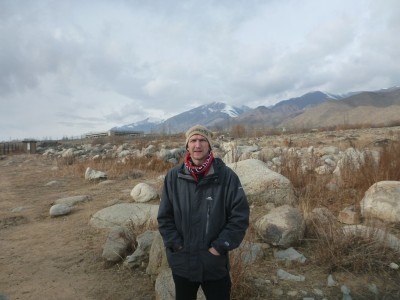

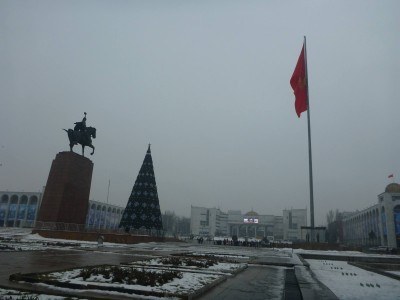
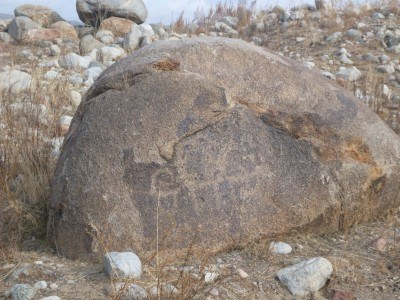
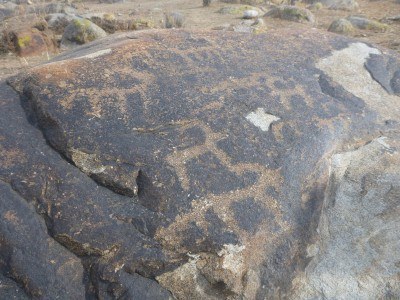
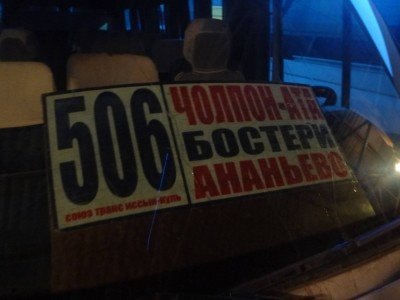
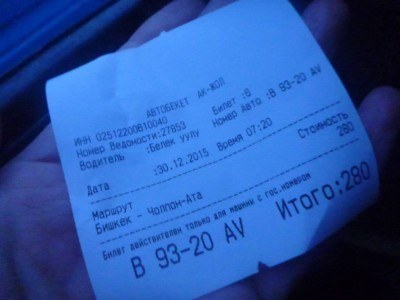
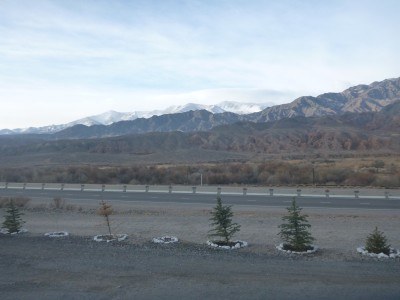
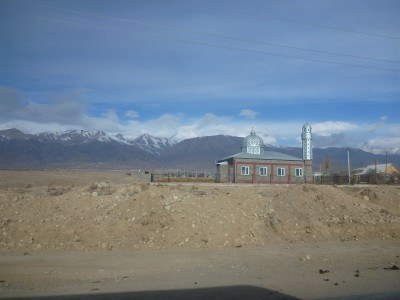


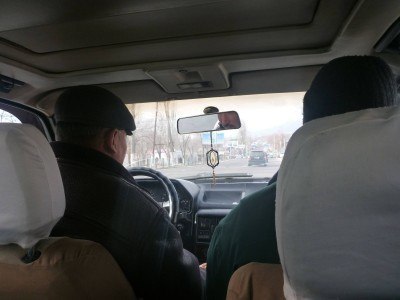
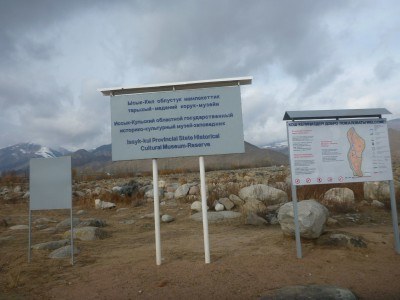
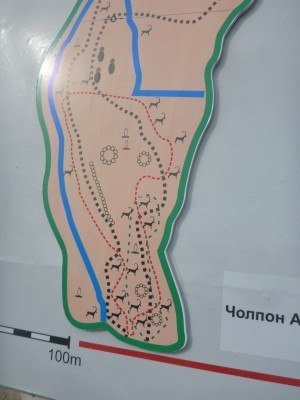
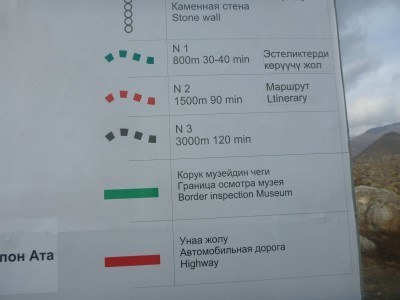

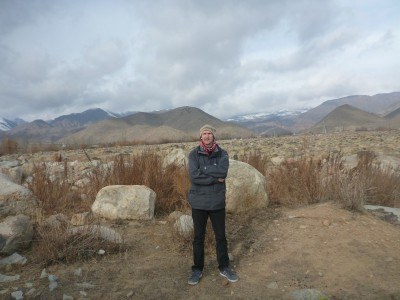
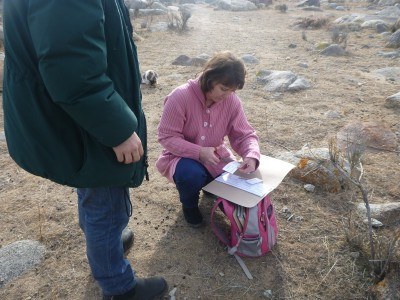

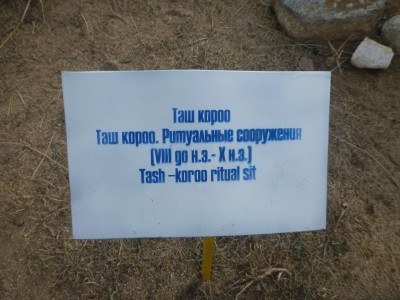
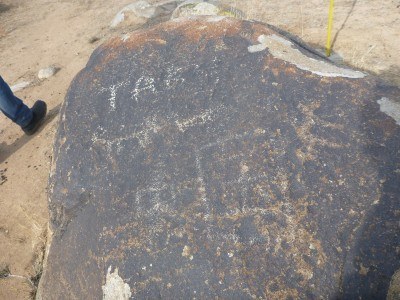
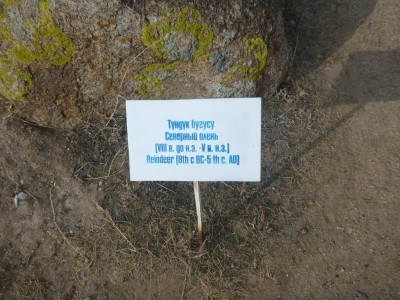
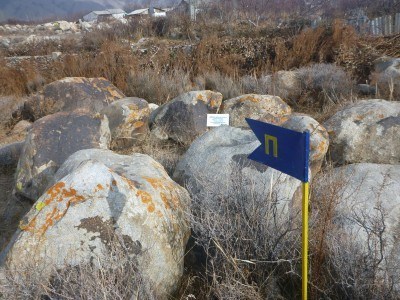
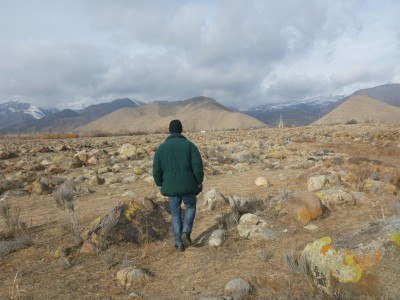
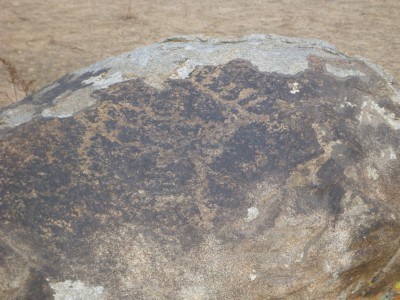
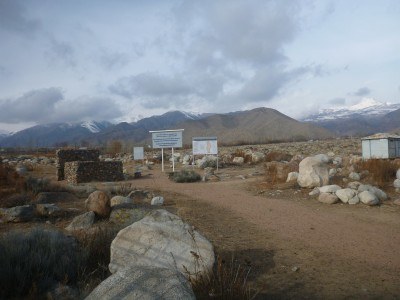
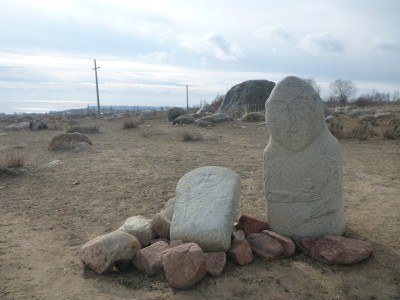
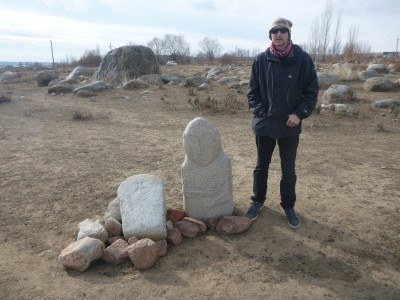
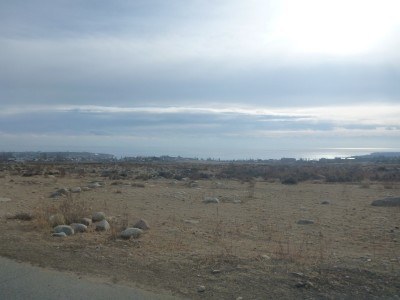
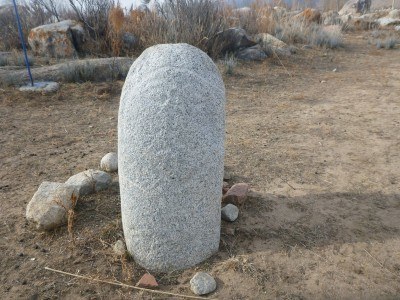
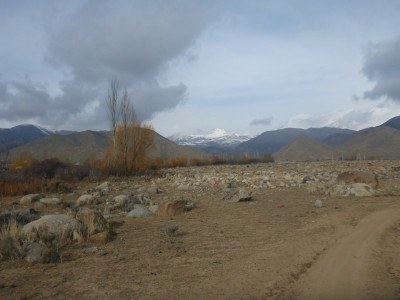

What? 14 cents and you had the place all to yourselves? Sign me up and take me to Kyrgyzstan! Unbelievable. As for the three trails, was there really any significant difference that you could find out from the Warden between the 90 minute trail and the 2 hour one? Sounds like you made a good call with the 90 minute trail no matter what time of the year it is really.
Ray recently posted…Lucas Oil Stadium – My Visit to One of the Top 10 NFL Stadiums!
Kyrgyzstan: hard to spell, amazing to visit. Great post!
Aaron recently posted…What is the Weather Like Year Round in Cyprus?
Hey Aaron, thanks for the comment. Great site there too, safe travels! Jonny
Hi Ray, yes this is one of the cheapest countries in the world. Right now I’m in a bar where the coffees are $1.40 US and the beers are 90 cents. And it’s by the main square of the capital. The only difference is you see more of the countryside, more Petroglyphs and enjoy a longer walk. Perhaps if we hadn’t seen Petroglyphs in Azerbaijan, we may have opted for the longer trail. Safe travels. Jonny